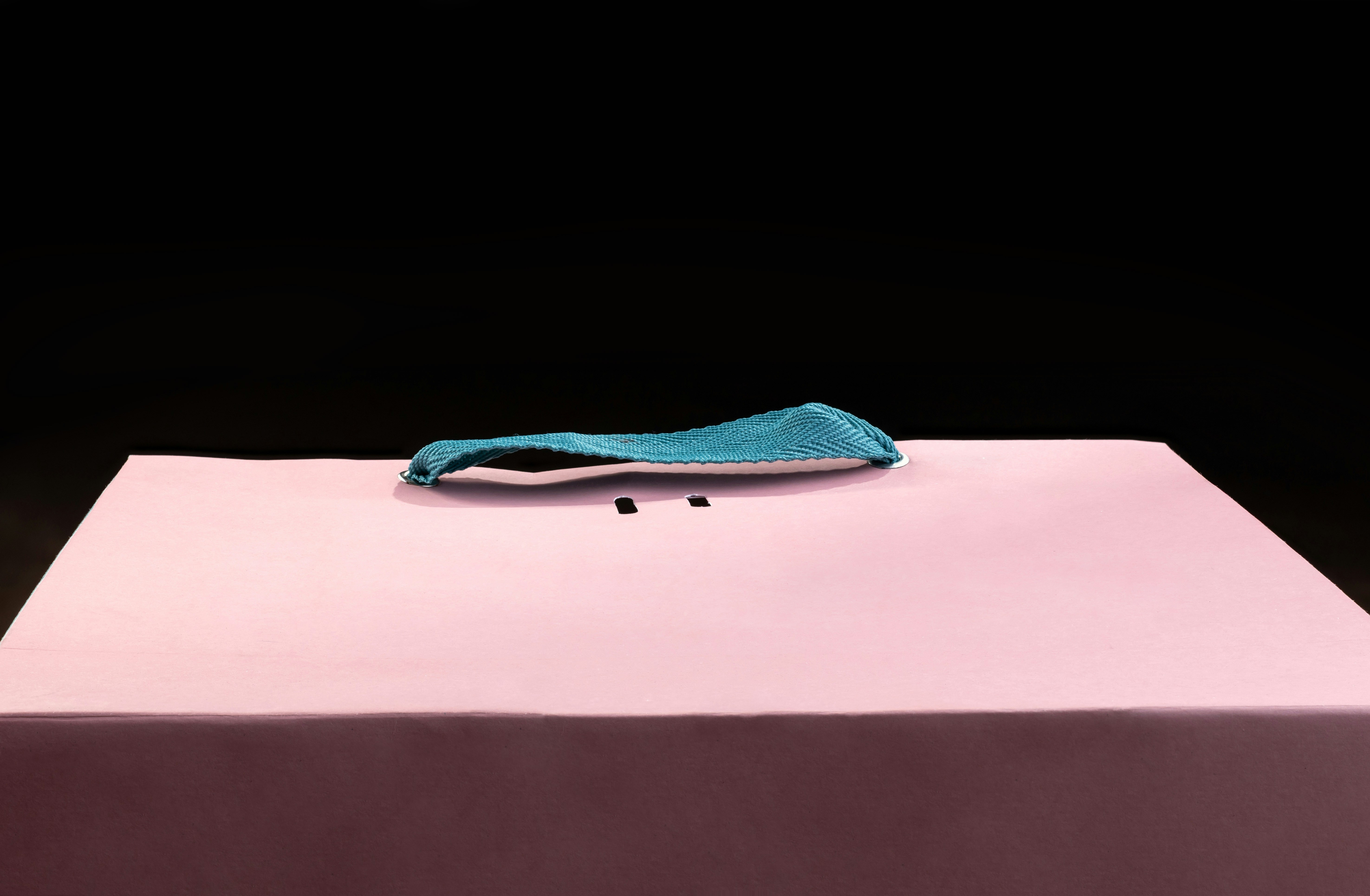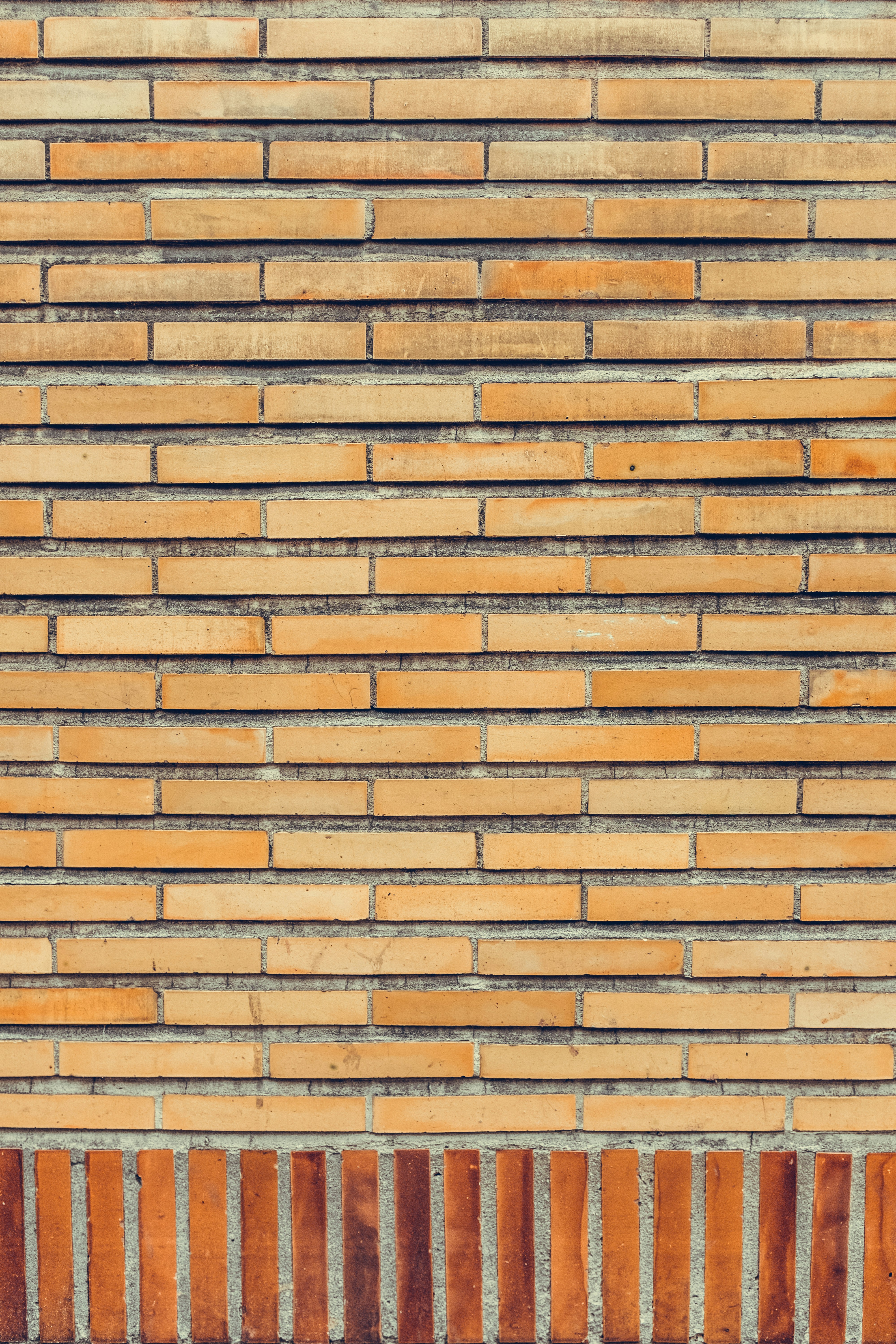
Do inflatable kayaks pop easily? This article will discuss the durability of inflatable kayaks and whether or not they are prone to popping. Throughout the article, you will learn about the materials used in inflatable kayaks, their construction, and how proper usage and maintenance can prevent popping. So, sit back, relax, and let’s find out if inflatable kayaks are as fragile as they seem.
Are Inflatable Kayaks Prone to Popping?
Introduction to Inflatable Kayaks
If you are an avid water sports enthusiast or someone who loves to explore nature’s wonders, you may have come across inflatable kayaks. These lightweight and portable water crafts have gained tremendous popularity in recent years due to their convenience and versatility. However, a common question that arises when considering purchasing an inflatable kayak is whether they are prone to popping. In this article, we will explore the construction, durability, and maintenance aspects of inflatable kayaks to provide insights into their resilience and answer the question at hand.
The Construction of Inflatable Kayaks
To understand the durability of inflatable kayaks, it is essential to comprehend their construction. Unlike traditional hard-shell kayaks, inflatable kayaks are made up of multiple layers of reinforced fabric, such as PVC, nylon, or Hypalon. The kayaks are designed to be airtight, with inner tubes or chambers that provide buoyancy and structural integrity.
Factors Affecting Kayak Durability
Several factors influence the durability of inflatable kayaks. The most crucial aspect is the quality of materials used in their construction. While high-quality kayaks are built to withstand rough waters and occasional impacts, cheaper models may be more prone to punctures and tears.
Another factor to consider is the weight capacity and usage of the kayak. Overloading an inflatable kayak beyond its recommended weight limit can put excessive strain on the material and may increase the likelihood of damage. Additionally, the environmental conditions in which the kayak is used play a significant role in its durability. Exposure to UV rays, extreme temperatures, and harsh chemicals can all impact the lifespan of an inflatable kayak.
Lastly, the frequency of use also affects the wear and tear on the kayak. Regular and intensive use can lead to the accumulation of small abrasions and potential stress points, making the kayak more susceptible to damage.
Material Choices for Inflatable Kayaks
Manufacturers of inflatable kayaks utilize various materials to meet different needs and preferences. PVC (Polyvinyl Chloride) is a commonly used material due to its affordability and durability against UV exposure. However, it is essential to select a PVC kayak with UV protection to prevent premature degradation of the material in intense sunlight.
Nylon fabric kayaks are another option and are known for their lightweight nature, flexibility, and resistance to tears. Additionally, Hypalon, a synthetic material, offers exceptional resistance against harsh environmental conditions and chemicals. While more expensive, Hypalon kayaks are considered to be more durable.
It is important to evaluate your intended usage and the conditions in which you plan to kayak to determine the right material choice for your needs.
Understanding the Inflation Process
Proper inflation is crucial for the performance and durability of inflatable kayaks. Underinflating can affect stability and maneuverability, while overinflating can put excessive pressure on the material, increasing the risk of punctures. Most inflatable kayaks come with recommended inflation pressures, which should be followed diligently.
There are various methods of inflation, including manual hand pumps, foot pumps, and electric pumps. Each method has its pros and cons, but the essential aspect is to ensure a firm and even inflation throughout the kayak.
Proper Handling and Maintenance of Inflatable Kayaks
To maximize the lifespan of your inflatable kayak, proper handling and maintenance are vital. When storing and transporting the kayak, it should be deflated, folded, and secured in a dry and protected area. Avoid storing the kayak in direct sunlight for prolonged periods, as UV rays can degrade the material over time.
Regular cleaning with mild soap and water is recommended to remove dirt, salt, and other debris that may accumulate on the kayak’s surface. After cleaning, ensure the kayak is completely dry before storage to prevent the growth of mold or mildew.
Preventing Punctures and Tears
While inflatable kayaks are generally durable, certain precautions can be taken to prevent punctures and tears. Firstly, be mindful of sharp objects. Avoid kayaking near sharp rocks, shells, or any hazardous areas that could potentially puncture the kayak. Similarly, when launching or landing, ensure the kayak does not come into contact with pointed objects or rough surfaces.
Navigating through obstacles such as fallen trees or branches in the water requires caution. Whenever possible, carefully maneuver around these obstacles to prevent damage to the kayak. Additionally, when carrying the kayak to and from the water, be aware of any sharp edges or items that could accidentally scrape or tear the material.
Repairing Damaged Inflatable Kayaks
In the unfortunate event of a puncture or tear, it is essential to know how to repair your inflatable kayak. Identifying the location of the damage is the first step. Most manufacturers provide repair kits that include patches and adhesive designed to mend small punctures. Carefully follow the instructions provided and ensure the area is clean and dry before applying the patch.
For more significant damages or if you are unsure about the repair process, consulting a professional repair service is recommended. They have the expertise and specialized tools to effectively repair and restore the kayak to its original condition.
Comparing Inflatable Kayaks to Traditional Kayaks
It is important to note that while inflatable kayaks offer numerous advantages, they are not indestructible. Traditional hard-shell kayaks may still hold an advantage in terms of durability and resistance to punctures. However, inflatable kayaks provide unmatched convenience, portability, and ease of storage that make them an appealing option for many enthusiasts.
Conclusion
Inflatable kayaks have come a long way in terms of their durability and resilience. When properly maintained, handled, and repaired, they can provide many years of reliable service. However, it is important to understand that like any watercraft, inflatable kayaks can still be prone to punctures and tears if not used and cared for appropriately.
By selecting a high-quality kayak, understanding the construction and material choices, and following proper maintenance practices, you can minimize the risks associated with damage. Ultimately, responsible use and regular inspections will ensure your inflatable kayak remains an enjoyable and durable companion on your water adventures.










